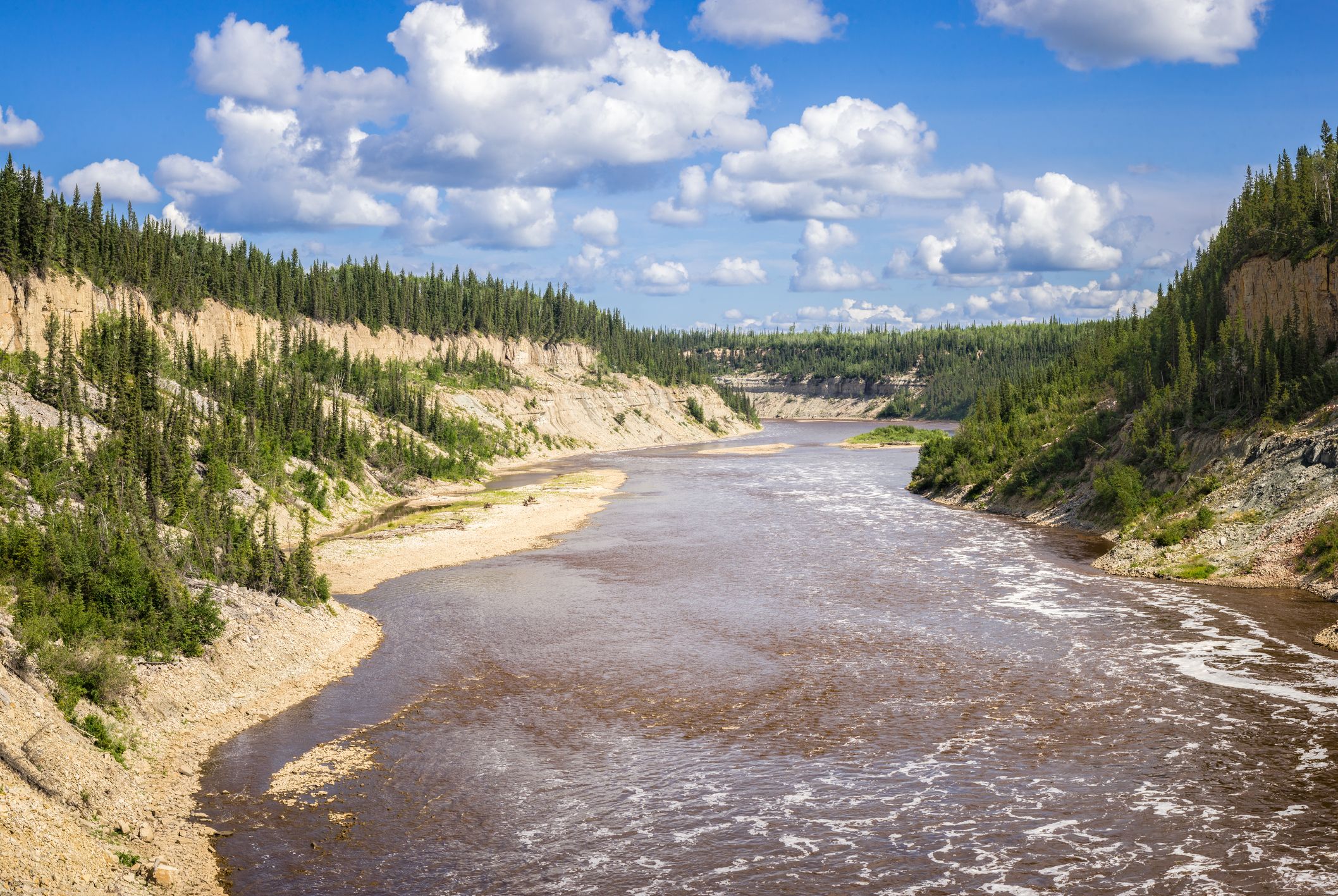The results of water quality monitoring conducted by the Department of Environment and Natural Resources in July 2020 indicate this year’s prolonged high water levels have resulted in more suspended sediment than usual in the Hay and Slave Rivers.
As a result of the increased sediment, many metals associated with silt and clay particles were also found at higher than usual concentrations in both rivers for July. In the Slave River, some concentrations of dissolved metals were also elevated, but most were within the range of what has been measured historically in the rivers.
“All summer we’ve been seeing extreme high water levels, not just in the Northwest Territories but throughout much of the Mackenzie Basin in British Columbia, Alberta, and Saskatchewan,” said Shane Thompson, minister of environment and natural resources.
“For example, water levels on the Athabasca River this year are among the highest ever recorded,” said Thompson. “High water levels have affected water quality. The water quality data being shared by upstream jurisdictions as part of our transboundary agreements can help us get a better understanding of what is happening in our lakes and rivers.”
It is normal to see increased metal concentrations due to high water, as particles along the river bed and shores are carried downstream. Under these conditions, nutrients such as phosphorus also accumulate in the suspended sediment. These spikes are observed every spring with snowmelt, and have been amplified this year due to long-lasting high water levels across most of the Mackenzie River Basin, including the Athabasca, Peace, Hay, and Liard Rivers.
The Government of the Northwest Territories (GNWT) monitored water quality in the Slave River during the spring breakup and in both the Hay and Slave Rivers through the summer, with some delays beginning summer sampling due to the COVID-19 pandemic. Water quality results for samples collected in August from the Great Slave Lake plume as well as additional samples collected from the Hay and Slave Rivers for the analysis of hydrocarbons and pesticides will be released on the Environment and Natural Resources website as they are available.









